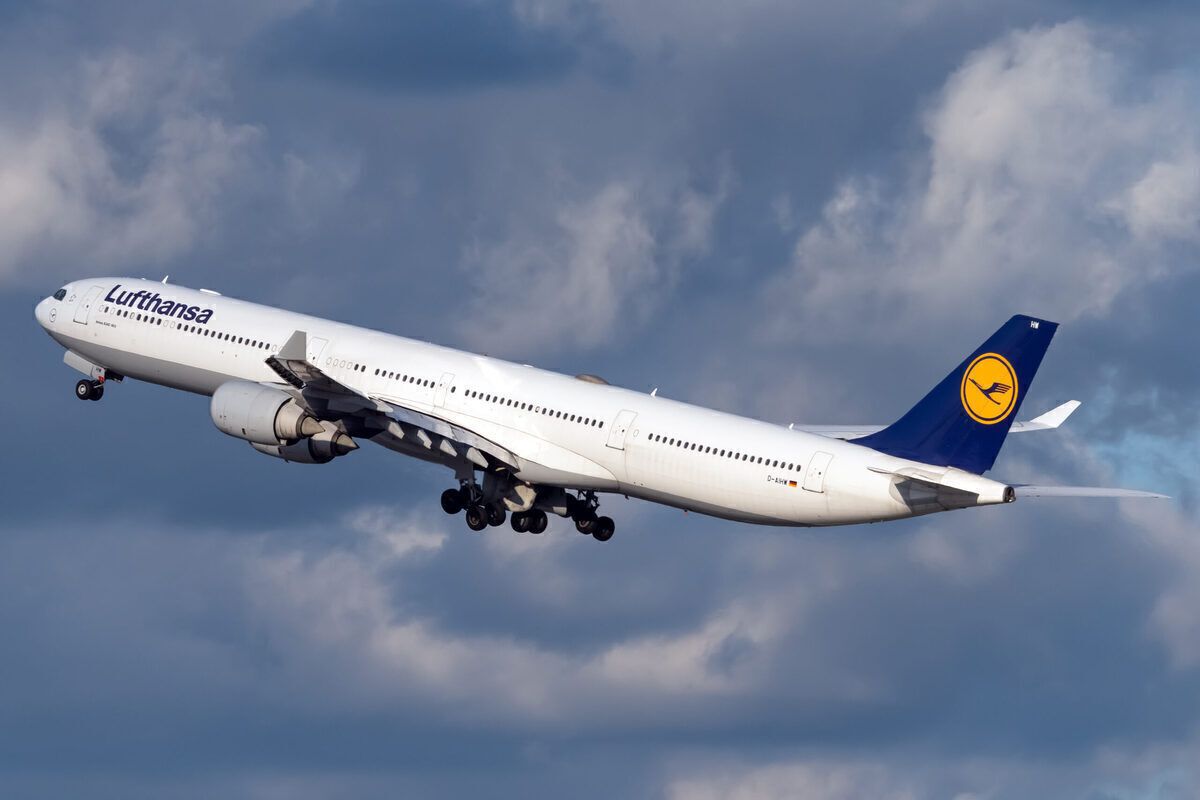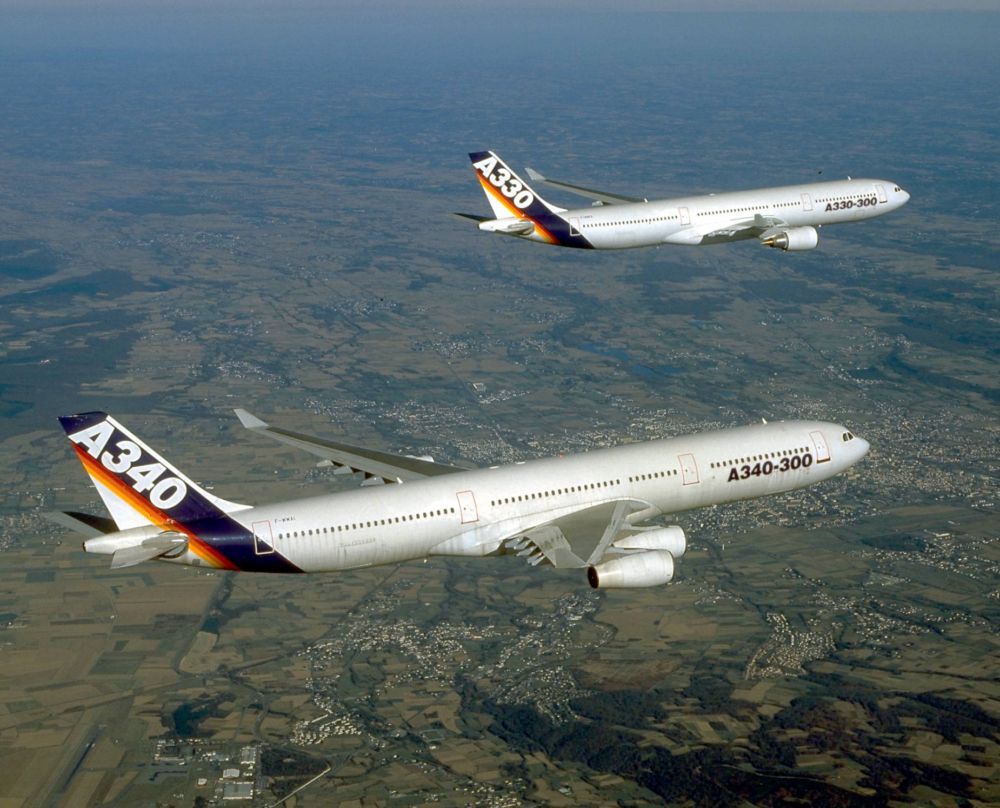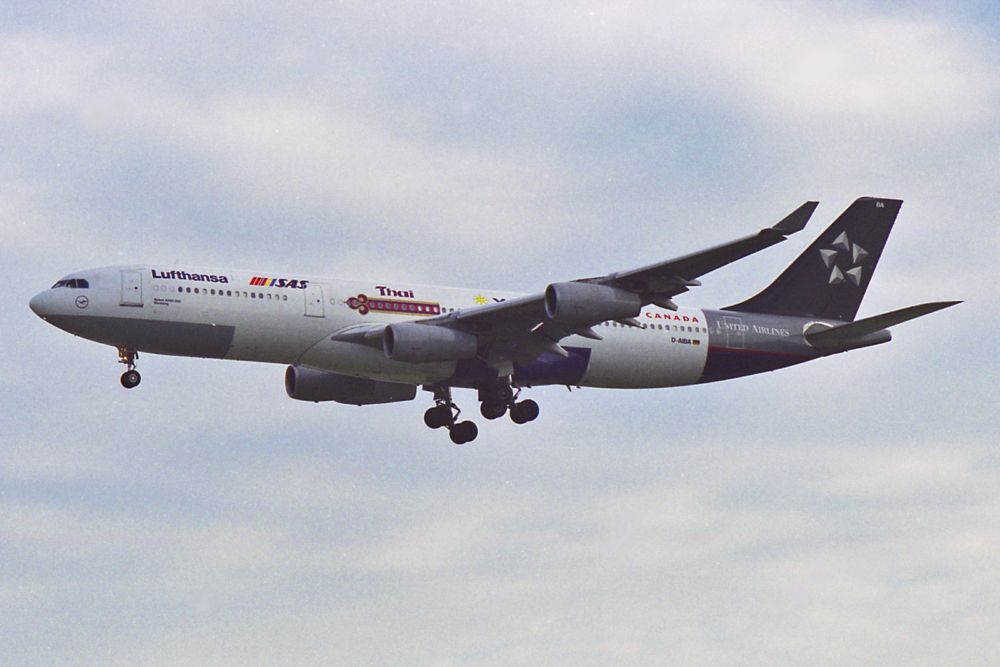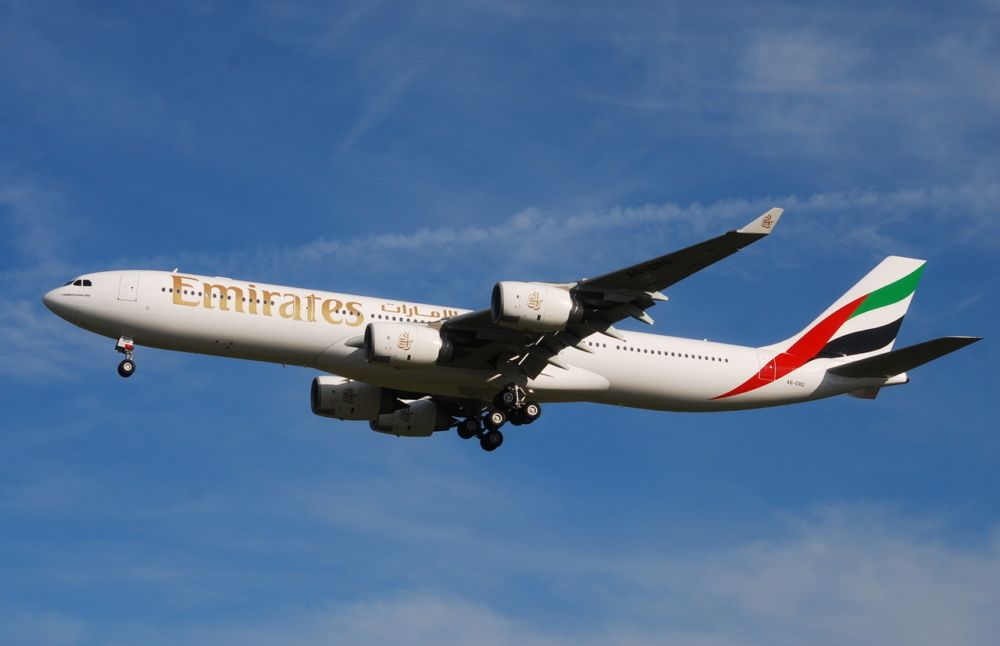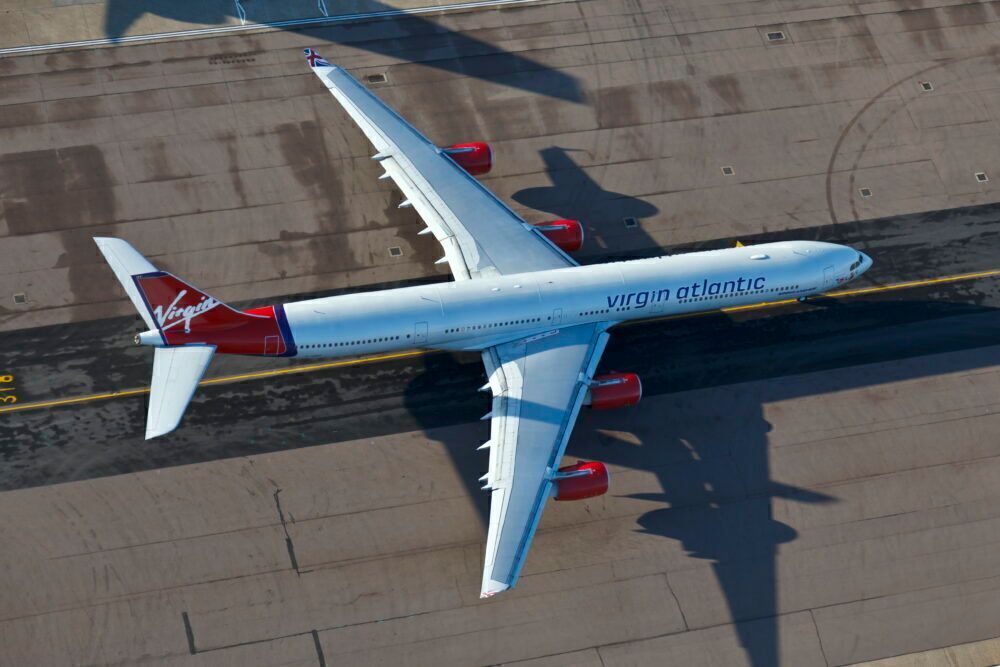The four-engined A340 first flew in 1991 and entered airline service in 1993. It remained in production until 2011. With only 377 delivered to airlines, it is sometimes thought of as a partial failure. This is not really the case, though, with it serving an important role at the time and being developed for lower cost alongside the twin-engine A330. Each of the four A340 variants had a different launch customer, as this article explores.
Developed alongside the A330
After successfully launching the A300, A310, and A320, Airbus turned its attention to larger widebody aircraft. Just as with its previous aircraft, it sought to compete against Boeing's products - this time the 747.
Airbus faced the challenge of whether to develop a two-engine or a four-engine aircraft. This was still pre-ETOPS days, and four engines were needed for longer oceanic flights. But there was, of course, also interest in the lower cost of a twin-engine aircraft from many airlines. The solution was to develop both. This would meet the needs of both sets of customers, and there would be savings by developing both aircraft together.
Development began in 1986, with a formal launch at the Paris Airshow in 1997. Developing the two types together brought many savings. They shared the same basic fuselage and wing design and many structural components and systems, and a common flight deck. They both used a stretched A300 fuselage and inherited fly-by-wire controls and cockpit from the A320.
Launched with Lufthansa and Air France in 1993
The A340 took its first flight on October 21st, 1991. It was certified in Europe in December 1992 and in the US the following May.
The two variants offered at launch were the A340-200 and the larger A340-300 (with typical capacities of 303 and 335). The A340-200 was the first to enter service, with Lufthansa in January 1993 (its first aircraft was registered D-AIBA and named Nurnberg). Lufthansa became the largest operator of the A340 overall, flying seven A340-200 aircraft, 39 A340-300, and 24 A340-600 aircraft in total.
The A340-300 followed soon after in February 1993, with Air France. Its first aircraft was registered F-GLZB. Air France went on to operate 22 A340-300 aircraft, but only one A340-200.
Stay informed: Sign up for our daily and weekly aviation news digests.
Larger variants in the 2000s
The A340-500 and A340-600 variants were developed in the late 1990s as higher capacity and increased range upgrades to the original two variants. The A340-500 is stretched just over four meters from the -300 but increased range significantly. The A340-600 was a larger stretch, taking capacity up to 380 (with a maximum safety exit limit of 440). This stretch makes it longer than the 747 or the A380.
Emirates launched the A340-500 in October 2003 after the original launch customer, Air Canada, filed for bankruptcy. The airline ordered 10 aircraft in total (as well as eight A340-300s) and retired the type in 2016.
Virgin Atlantic was the launch customer for the A340-600 in July 2002. It operated 19 A340-600 aircraft (retiring the last few in 2020), but Lufthansa once again became the largest operator, with 24 A340-600s.
The A340 was an important aircraft at the time, well used by many airlines. It is sadly entering it later days now but remains active post-pandemic with some airlines. Feel free to discuss more about the A340, its history, and its future in the comments.

